💰 How Apple Built A $3T Company
Statistically, over 57% of you are reading this newsletter using an Apple product.
On top of that, 60% of those Apple readers will have 4 other Apple devices.
50 years ago, Apple was a small commuter company running out of Steve Jobs’ parent's garage.
Today, it’s one of 6 companies to ever reach 1 trillion.
Here are 3 strategies Apple used to build a brand worth $3T, and how you can apply them to your business.
Here’s what we got for ya:
🍏 The Apple Ecosystem
🪜 The Price Ladder
🔄 Consistency Bias
Read time: 4 min 9 sec

🍏 The Apple Ecosystem
Most businesses offer one of three things:
A product. Target → Clothes
A service. DoorDash → Food delivery
Access. Netflix → Access to movies
Most businesses operate in 1 category. It’s simple, faster, and easier to scale.
But, that makes them very easy to compete with.
All their competition needs to do is offer one or two features slightly better than yours at a lower price.
Then they’re stuck in a ‘who’s willing to work for less’ race.
But unlike most, Apple offers all 3.

Samsung may offer a better smartphone, but they don’t have access to FaceTime.
Microsoft may have a better computer, but users can’t answer text messages on their laptops.
By combining all 3 categories, Apple has become untouchable.
(For more on this, click here to watch “How Apple’s iPhone Traps You in a Walled Garden” by the Wall Street Journal)

🚀 Unleash Productivity – Master AI Automation with the free No-Code AI Toolkit
Transform Your Office Workflows Effortlessly - No Coding Skills Required
Streamline your business processes with The No-Code AI Toolkit, the ultimate solution for busy professionals seeking AI-powered efficiency without the hassle of coding. Discover the power of AI automation and how easy it is to integrate into your existing workflow.
Say goodbye to repetitive tasks, and hello to more time focusing on what matters most. Our user-friendly Toolkit guides you through implementing sophisticated automations seamlessly. Whether you're a small business owner or a corporate maven, revolutionize the way you work with dozens of hours saved each week. Step into the future and stay ahead of the curve – effortlessly.

🪜 The Price Ladder
There are 3 types of people who buy iPhones:
Those who want an iPhone but can only pay the lowest price
Those wanting a nice iPhone and want to find the best deal
Those wanting the best iPhone on the market and are willing to pay top dollar for it
Apple caters to all 3 customers using a price ladder.
AKA offering the same product at different prices by adding small features.
Apple knows the BEST iPhone on the market would offer:
Unlimited storage
24-hour battery life
A crack-proof screen
Strong speakers and microphone
A great camera for photo resolution
Etc etc.
But the further down the list you go, the less buyers are willing to pay for it.
So every iPhone can call, access Apple services, and is water resistant.
Then Apple charges slightly more per extra feature.

Most will start with the cheapest phone.
Then Apple introduces tiny upgrades one at a time, pushing customers down their slippery slope…
For 5x more battery, it’s just an extra $149.
And what’s an extra $79 for 10x more storage?
Eventually, you’ve added enough in tiny upsells that you might as well buy the iPhone 15.
Most will upgrade. Some will take the cheaper option with 1-2 extra features.
Either way, Apple wins.
A few resources on this:

🔄 Consistency Bias
Last but not least, the key to building a $3T brand is convincing people to come back for more.
Here are the 3 pillars of Apple’s recurring revenue:
#1 - Subscriptions
Bought a $3,000 laptop?
Get an AppleCare subscription for $10/ month.
New iPhone won’t hold all of your photos?
Get an iCloud subscription for $8/ month.
Bought a new TV?
Get AppleTV to watch Apple Movies for $10/month.
#2 - The Sunk Cost Fallacy
Sunk Cost Fallacy - When someone will not change course simply because they’ve put a lot of time and money into it.
This is what Apple thrives on.
If someone has 3-5 Apple products, it’s more convenient for them to keep buying Apple products.
Otherwise, they have to deal with:
Satellite tools like Apple Pens and adaptors becoming useless
Keeping track of which devices work together and which ones don’t
Buying new device insurance while potentially still paying for AppleCare on older devices
Building trust with a new brand
Once you enter the Apple Ecosystem, it takes more time and effort than most are willing to pay to switch to a new tech company.
#3 - FOMO
Apple makes it very clear who is in the ecosystem and who is not.
EX - Non-iPhone text messages appear green instead of blue.

Plus, Non-Apple users can’t:
Use FaceTime and missout on group calls
Access apps available only on the IOS Store
Use Find My Friends
The lesson: Make it easier for your customers to keep buying from you, than it would be to buy from someone else.


